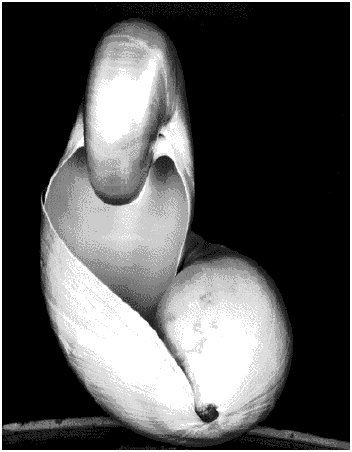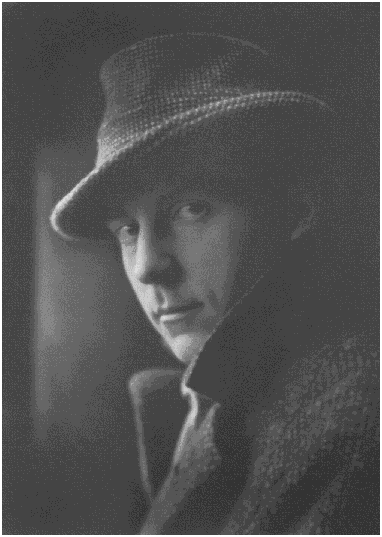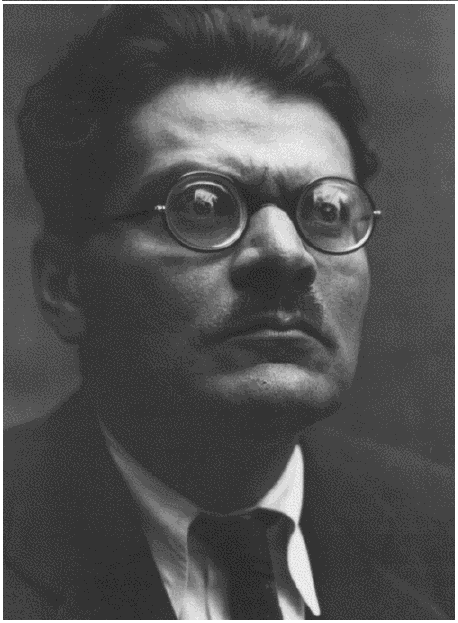Photographs from the Getty Museum
Brett Abbott
(J. Paul Getty Museum)

There were many of these bestial pictures, and I guess we saw almost all of them. Snood insisted, and Clare and I were young, wanted to be friends.
I remember vaguely the dogs and cats and squirrels and skunks. Vaguely. But what I most remember were the creatures. Snakes and skinks, and worms, and, most of all, the snails.
Snails? Yes snails, conjoined, one atop the other. In bliss (I guess). Captured by the marauding eye of our friendly neighborhood shrink, whose wife spent much of her time wringing her hands, and who we wanted to know, or at least be friends with, because we were so adrift, in this new world, in 1958, in Berkeley, the place on the west coast where those of us who needed to escape the dull East went to find our newest nightmare. Wherever you go, there you are.
There in the bookend apartment Prajadhipok went crazy crawling the drapes just before he died of distemper. Hans, student of Miss Julie and Hunger and Gösta Berlings Saga and A Doll's House stole my lady love. And I suddenly threw in the towel, flew back East. I may have told Clare I had a business deal that couldn't wait. Or I might have said that I had to research a paper at the Library of Congress.
Or maybe I didn't say anything. We were big on hurt silences in those days. When we thought that someone was doing us wrong.
 What got me in mind of all this was Edward Weston, the slight volume drawn from the photographic collection at the Getty Museum. The cover is a shot of two seashells, nesting sensually together. If I didn't know better, I would be thinking that, like Dr. Smood, Weston was turning crustaceans into a sex-show. And after looking through the forty-five photographs here, I suspect I am right. More genteel ... but sensuous nonetheless.
What got me in mind of all this was Edward Weston, the slight volume drawn from the photographic collection at the Getty Museum. The cover is a shot of two seashells, nesting sensually together. If I didn't know better, I would be thinking that, like Dr. Smood, Weston was turning crustaceans into a sex-show. And after looking through the forty-five photographs here, I suspect I am right. More genteel ... but sensuous nonetheless.
Weston started off doing mushy Pre-Raphaelite shots, smoky, misty nudes, bare-breasted women reaching up through the dark leaves for an orange. You weren't sure if they are nudes or not, or in some cases, even if they were women, because everything is fogged out and, anyway, back in the early days of the 20th Century, people weren't supposed to have bodies. Even though the better photographers of the day were women.
According to Patricia Bettel-Becker in a fine new book from Minnesota, Shooting from the Hip, upper-class women at the turn of the century were expected to dedicate "a corner of a room ... an empty closet ... for a darkroom." She quotes a late-Victorian text entitled Occupations for Women" "a woman's 'pleasing manners' and 'obliging disposition' were conducive to professional success in the field, because nearly two-thirds of a photographer's patrons were women and children." And until 1945, Kodak featured in its advertisements "The Kodak Girl."
By 1920, Weston had abandoned the misty prints, moving on to photographing industrial sites and, later, Mexican villages, pottery, skies and even the quintessential angry guy pictured below, José Clemente Orozco (along with David Alfaro Siqueiros and Diego Rivera, one of the big three of 20th Century Mexican Muralists).
 Outside of nudes --- now less misty, more contorted --- Weston offered up "studies:" bananas, toadstools, dunes, legs, feet --- and in one plate, a bedpan hung sideways. As always, it is the contrast, the positioning, the very abstraction that creates the beauty. Also, I think, there is a certain lack of joy that characterizes Weston's oeuvre from this period. The early misty grey pictures had a certain innocent joy; the later more contrasty ones, no.
Outside of nudes --- now less misty, more contorted --- Weston offered up "studies:" bananas, toadstools, dunes, legs, feet --- and in one plate, a bedpan hung sideways. As always, it is the contrast, the positioning, the very abstraction that creates the beauty. Also, I think, there is a certain lack of joy that characterizes Weston's oeuvre from this period. The early misty grey pictures had a certain innocent joy; the later more contrasty ones, no.
If you are interested in fourteen masters of early photography, this series from Getty also includes volumes dedicated to Paul Strand, Man Ray, Dorthea Lange, Alfred Stieglitz, and Lásló Moholy-Nagy ... among others. Dr. Mood (or Smood) does not, thank god, appear.